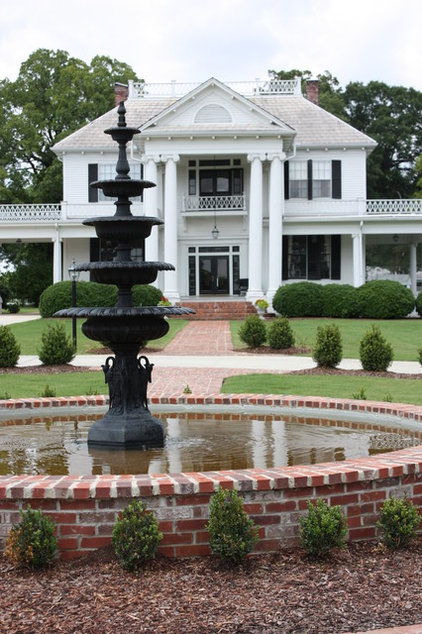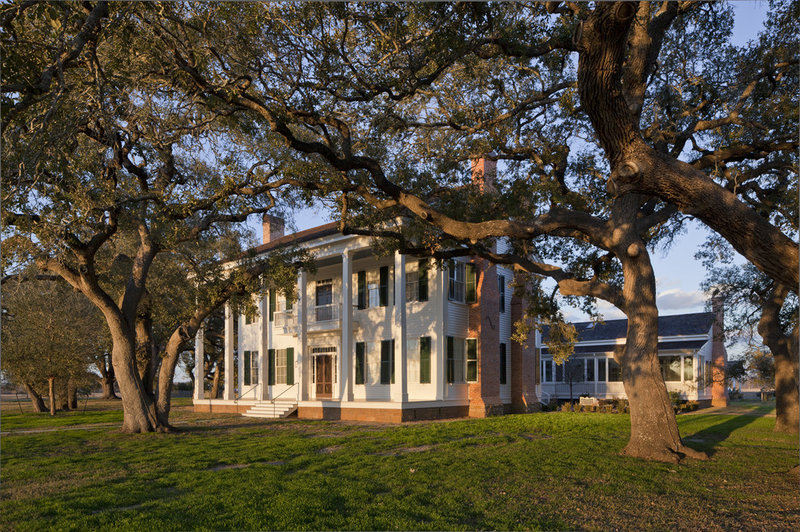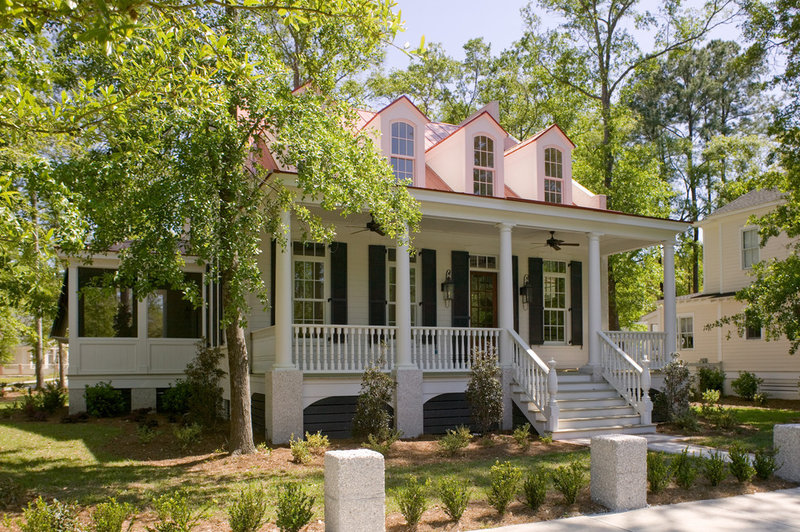Roots of Style: Classical Details Flourish in 21st-Century Architecture
In the U.S. classical architecture has experienced three significant historical phases, in addition to its use today.
First, from about 1770 through 1830, the early classical revival era evolved with the cultural association of democratic Roman ideals as the U.S. was formed. Through the influence of the classical renaissance in Europe and architects like Thomas Jefferson, it gained followers.
Next came the closely related Greek revival phase, which lasted from around 1825 to 1860. A congruence of a desire to understand the roots of Roman classical architecture, which are of course Greek, and the Greek War of Independence propelled the affection for the prominently columned structures of this style.
Finally, classical architecture resurfaced with extraordinary popularity after the 1893 Columbian Exposition in Chicago, where it was celebrated. William Ware's subsequent publication of The American Vignola, which dissected the conclusions about classical architecture by 16th-century Italian architect Giacoma Barozzi da Vignola, further advanced its proliferation and people's understanding of it. Other studies, such as that of Andrea Palladio, also propelled the interest in classical design, which sustained great momentum until about 1950.
The band of detail above the columns to the lip of the eave line is called an entablature. This is divided in equal parts, from below to above, into the architrave, the frieze and the cornice. Details of the entablature vary from one order to the other, as well as from one architect to another, one carpenter to another and so on.
Doric, Ionic, Corinthian and Composite (Ionic and Corinthian combined) are the other four orders in classical architecture. Doric was the established system in Greece, while the Romans favored Corinthian.
You can identify the architrave by the three flat bands just above the capital, topped by a band of molding. The next, much larger, flat band above that is the frieze. After that begins the cornice, with a more complex assimilation of shapes and details.
Notice the numerous individual scrolled elements in the cornice. These are called modillions; they lie in the same position as dentils would on other orders. Some orders have neither, some have one or the other, and some even have both modillions and dentils.
And especially delightful are the pediment-adorned dormers. Though minimally scaled, their correct proportions make them especially handsome. Notice the detail above the windows under the porch. They are each capped with their own entablature. Finally, pilasters frame the entrance door and sidelights, and the group is also capped with its own entablature.
What will we do with this classical inheritance in the future?
The elements of classical architecture are all around us. The details found in ancient classical ruins are so extensively ingrained into decorative arts, furnishings and all types of architecture that they will likely remain a significant influence even in a modern world.
It is true that modern design theory wishes to stand on its own merit, and it should. But does that mean that we cannot understand and appreciate what we have inherited from past cultures? Perhaps, as if by metaphor, a balance is possible.








